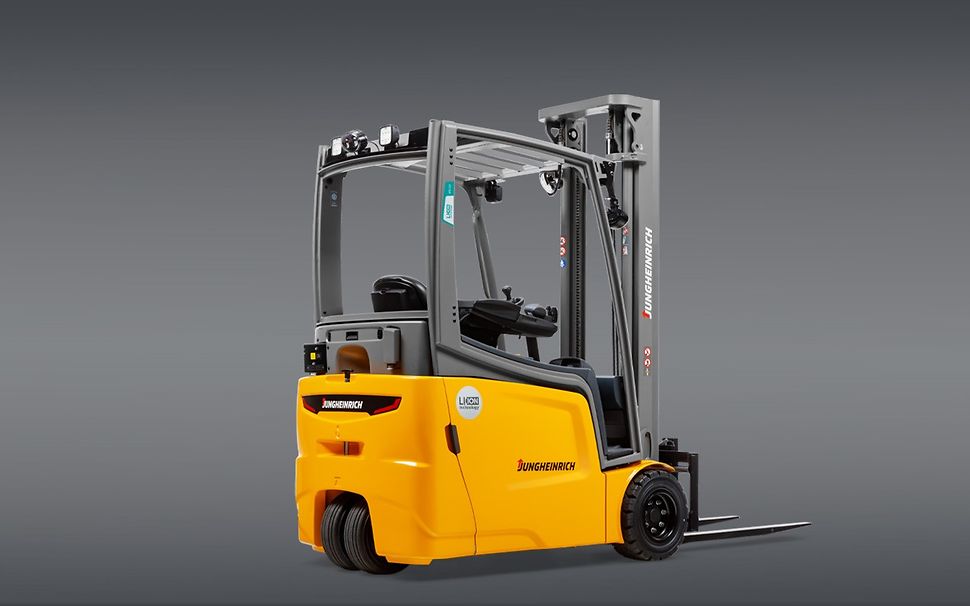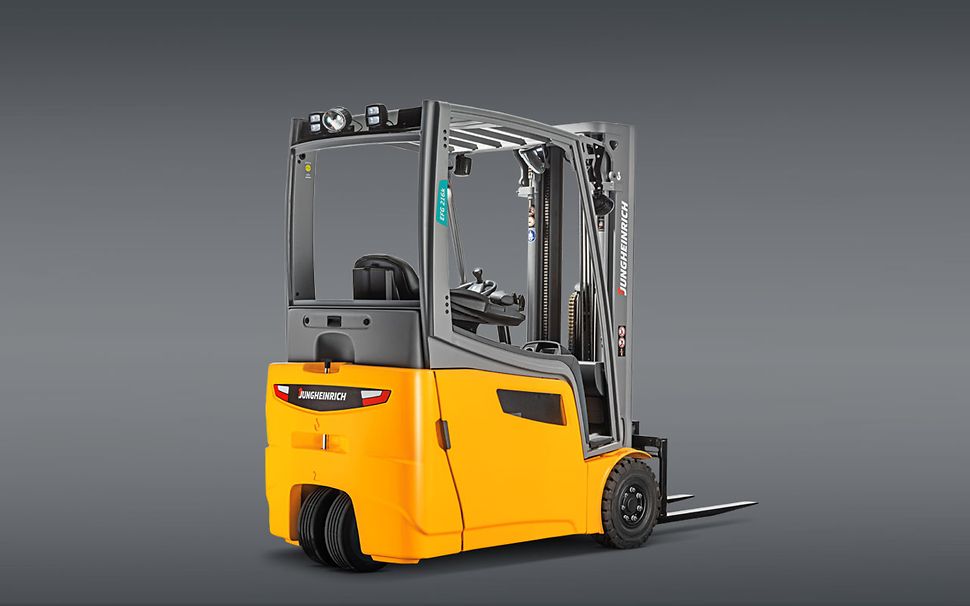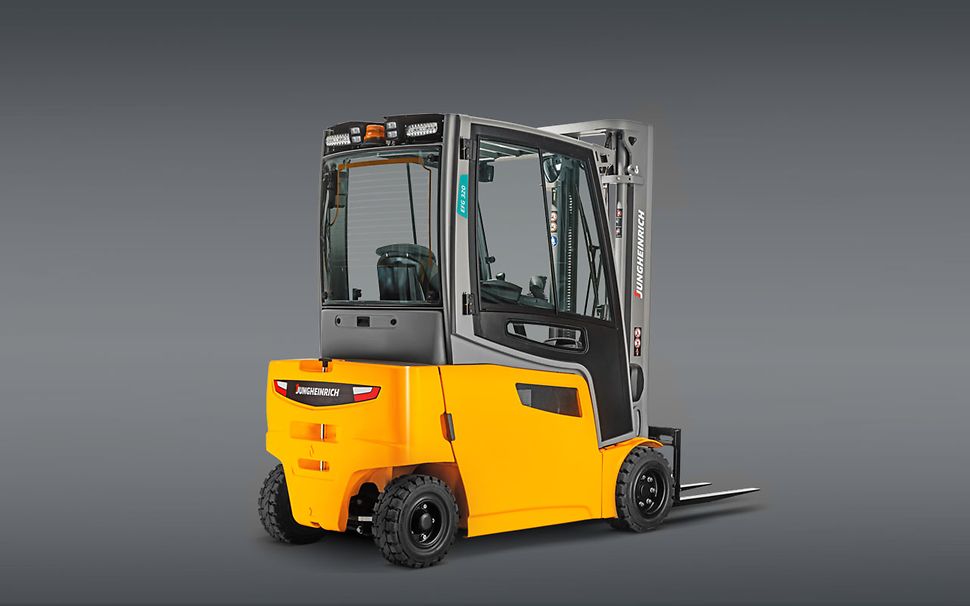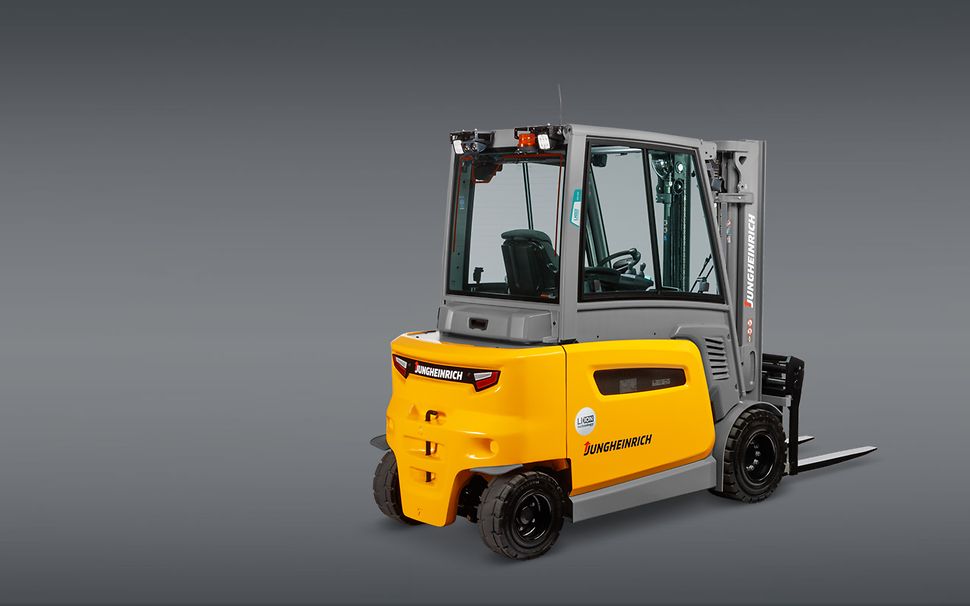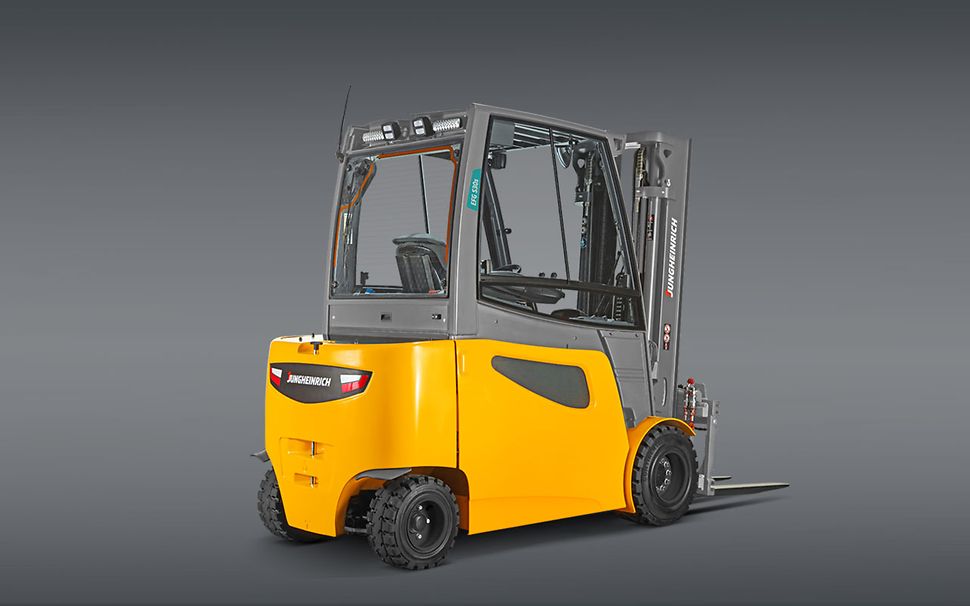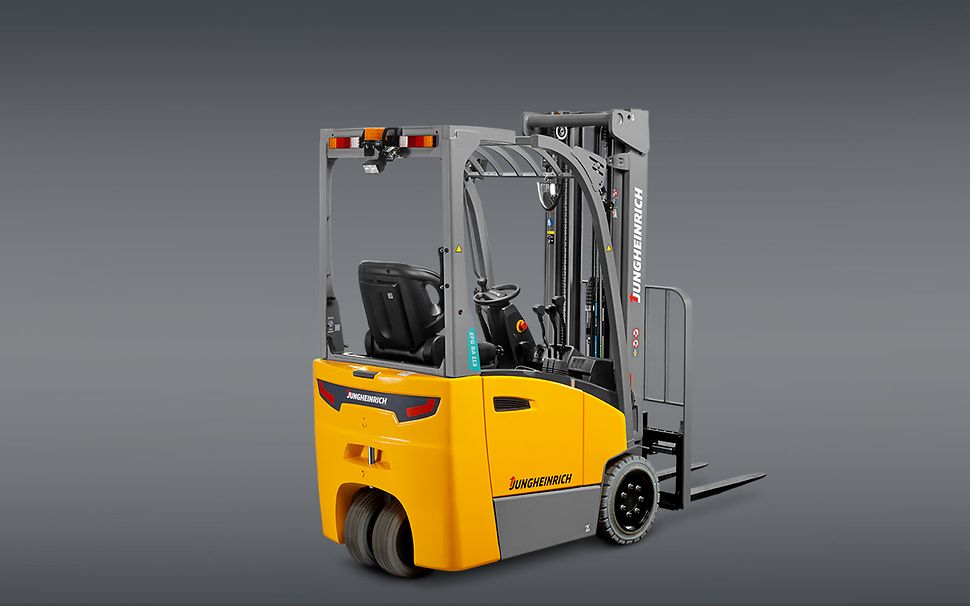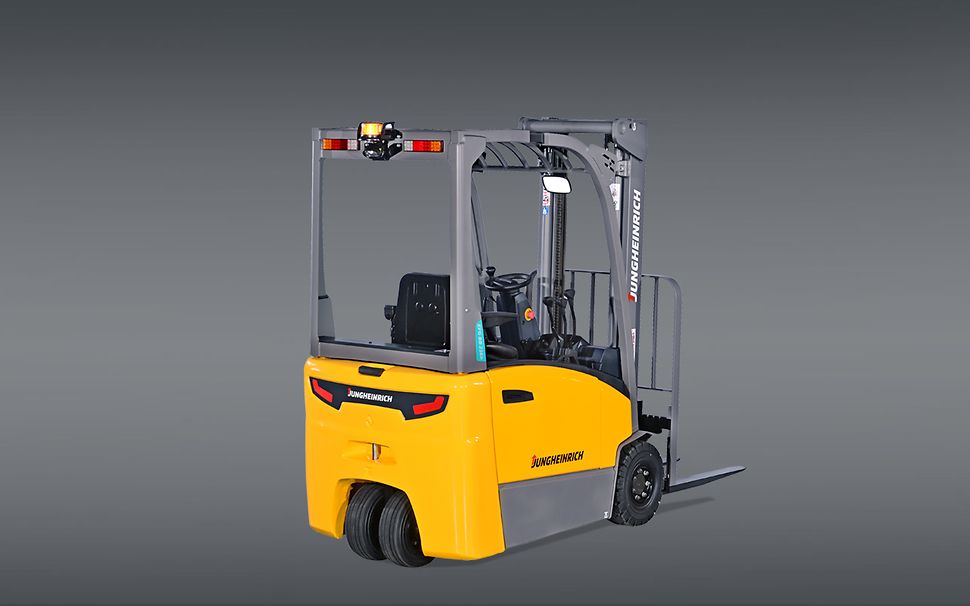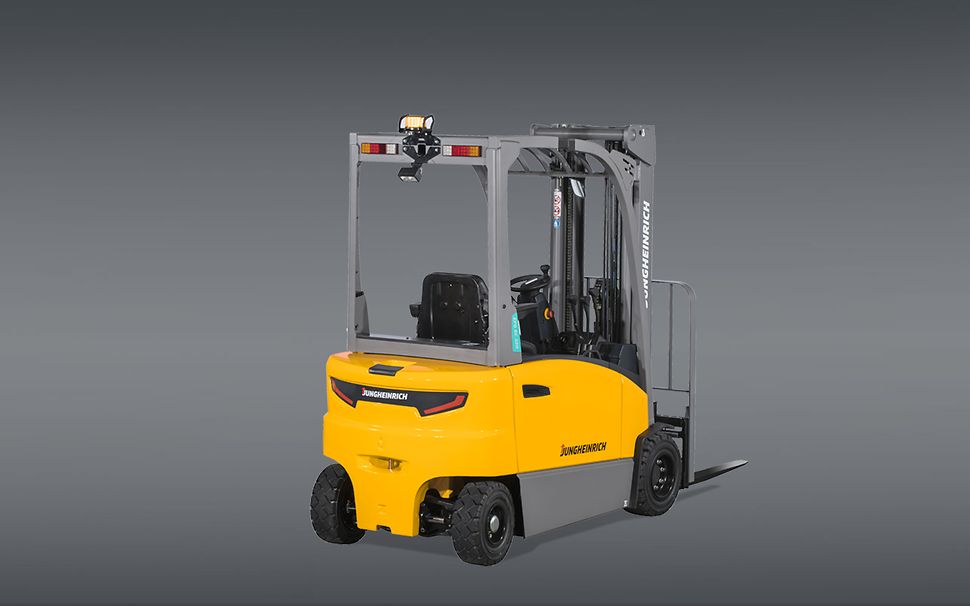
Forklift the Essential Material Handling Equipment for Your Warehouse
A counterbalance forklift truck, also known as a forklift, is designed to overcome the limitations of loading and unloading goods. These forklifts are the backbone of logistics operations in warehouses, industrial plants, and any location where large quantities of goods need to be handled.

What's a Forklift?
A forklift is a vehicle designed for moving pallets of goods or objects. It resembles a large vehicle equipped with mast and forks that can be raised and lowered while in use. This allows operators to lift and load pallets of goods that are too heavy for manual handling. The operation of a forklift involves just three straightforward steps:
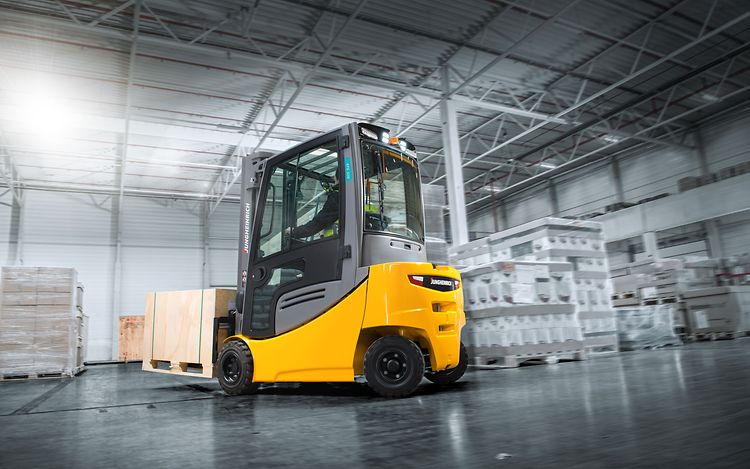
- Control the forks to insert the product pallet, then lift the mast and tilt the forks to raise the pallet off the ground.
- Drive the forklift to transport the goods to their designated location.
- Position the forks to place the pallet at the desired spot, then carefully withdraw the forks from the pallet.

Forklift components
Forklifts are complex material handling equipment made up of many different components, each of which provides an important role in the operation. Understanding these components is crucial for operating and maintaining a forklift.
1. Forklift Chassis
The forklift chassis, also known as truck frame, is the primary component that forms as the foundation of the vehicle. It comprises wheels, a cab, a lifting mast, and forks. The size of the forklift chassis varies depending on the using purpose and the weight of the loads it can support.
2. Engine and battery
The next component is the power source, which includes both internal combustion engines (gasoline, diesel, and LPG) and electric motors powered by batteries. Forklifts utilize either type of power source depending on factors such as operational requirements and environmental considerations.
3. Counterweight
The counterweight is another crucial component of the forklift, serving as a counterbalance when lifting heavy loads. Installed at the rear of the vehicle, counterweights ensure balance while lifting loads.
4. Mast
The mast is a key component of the forklift, serving as a support between the load backrest carriage and the vehicle. It also functions as a control for the upward and downward movement of the forks.
5. Load Backrest
The load backrest carriage is a component designed to enhance safety and stability during material handling operations. It is typically located at the rear of the forklift's mast and serves several important functions such as load stability, protection, compatibility, and efficiency.
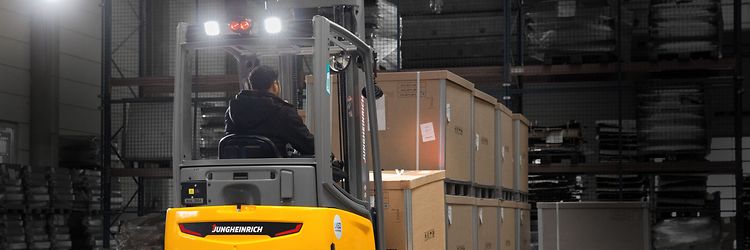
Types of forklifts
For those who are confused about the various types of forklifts, this article will provide clarity and understanding. Forklifts are usually categorized into two types:
1. Electric Forklift
The first type of forklift is the electric forklift, which operates solely 100% on battery power. One of its key benefits is the ability to recharge without the need for fuel or LPG gas, enhancing safety and environmental friendliness compared to combustion engine forklifts. Electric forklifts also reduce emissions, contributing to cleaner air.
There are two main types of electric forklift batteries : lithium-ion and lead acid. Lithium-ion batteries offer advantages such as higher energy capacity and advanced technology.
When using a lithium-ion battery, you can expect high performance with fast charging and long-lasting energy. These batteries are designed with a focus on energy stability, ensuring environmentally friendly operation without harmful effects on humans.
2. Combustion Engine Forklift
The second type of forklift is the combustion engine forklift, which operates using gasoline, diesel, or LPG as its energy source. These forklifts are ideal for outdoor use or in well-ventilated areas. They excel at efficiently lifting heavy loads and are easy to refuel, enabling continuous operation.
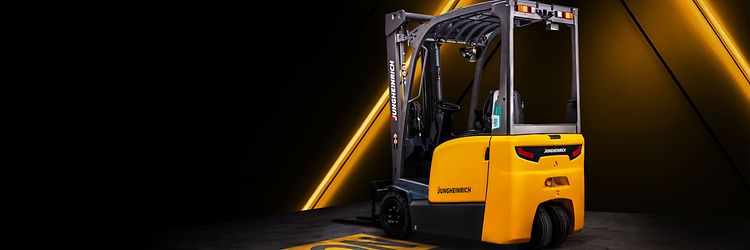
The benefits of using forklifts in your operation.
After gaining insight into forklift components and types, let's delve into their benefits. How do forklifts optimize warehouse and business operations, contributing to improved efficiency and productivity?
1. Better results compared to manual labor
Forklifts are designed to efficiently move pallets of goods or other heavy items, significantly saving time and manpower. They eliminate the need for manual handling of heavy materials, thereby reducing physical strain on workers and minimizing the risk of musculoskeletal injuries.
2. Reduce unnecessary expenses and increase cost-effectiveness.
Utilizing a forklift can lead to cost savings in several ways, such as decreased labor expenses, minimized product damage, and reduced working hours. Consequently, expenses associated with goods transportation are mitigated.
3. Achieve a competitive advantage in the business competition.
Possessing efficient tools such as forklifts gives your business a competitive edge. This facilitates timely and efficient transportation of goods, enhancing responsiveness to customer requirements. Additionally, it reflects the professionalism and contemporary approach of your brand.
4. It is an asset of the business.
Forklifts offer more than just a tool. They're a valuable asset to your business, catering to your efficiency needs. With their longevity and ease of maintenance or repair, they become a reliable solution.
5. Enhance workplace safety.
Using a forklift to lift heavy objects mitigates the risk of employee injuries compared to manual lifting. Additionally, forklifts are equipped with a range of safety features including LED warning lights, audible alarms (buzzer), and camera systems, enhancing overall workplace safety.
What types of businesses are suitable for utilizing forklifts in their operations?
Forklifts are indispensable lifting vehicles that find utility across diverse business sectors, especially those dealing with high-volume goods handling, frequent material movement, or warehouse storage needs. The types of businesses suitable for forklifts include:
- Warehouse Businesses
Forklifts assist in the convenient, rapid, and safe movement, storage, and loading of products onto vehicles.
- Manufacturing Industries
In the manufacturing industry, the focus is on producing a variety of products, and forklifts play a crucial role in efficiently moving these products. The movement of goods prioritizes work efficiency, particularly for heavy items like car parts or machinery spare parts, necessitating the use of forklifts that offer high efficiency and safety.
- Shipping Industry
Another industry that requires the use of counterbalance forklifts is shipping. Counterbalance forklifts are essential for moving goods within the shipping yard, facilitating the loading and unloading of goods from containers to warehouses or other designated areas.
- Distribution Center
In modern times, distribution centers (DCs) extensively utilize forklifts, emphasizing the safety of goods throughout their movement process, from loading to transportation and final placement in designated areas.
- Agricultural business
The counterbalance forklift is known for its safety and durability, offering versatility for both indoor and outdoor use. However, to ensure optimal performance, it's best suited for flat surfaces, such as fruit storage warehouses or spacious yards, where ample space is available for maneuvering goods.
Jungheinrich manufactures and distributes high-quality forklifts.
For businesses related to warehouses, industrial factories, or agriculture that handle heavy or large quantities of goods, investing in a forklift is a decision well worth considering. Apart from reducing transportation time, it also helps conserve resources in various aspects, such as minimizing reliance on manual labor and decreasing business expenses. Importantly, opting for an electric forklift offers long-term benefits, including modern technology, enhanced safety, high performance, and the use of durable, quality materials. Additionally, it saves on fuel costs and ensures easy availability of maintenance parts.
For more information, please leave your contact information and message in the contact form below.

Information Contact
About Products
Phone
